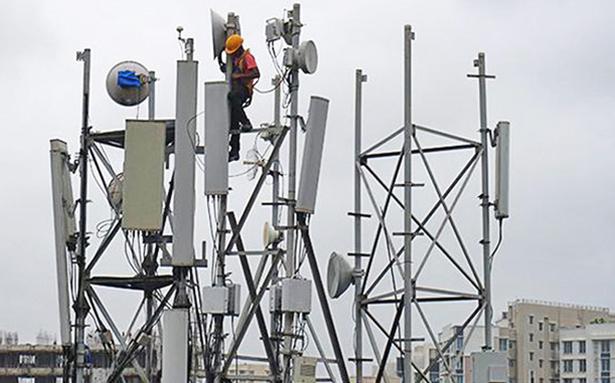Non-banks have been reporting a sharp improvement in collection efficiency since September 2020, which is likely to have been partly supported through customers’ savings, says India Ratings & Research (Ind-Ra).
As the economic activity, especially non-essential, gets curtailed, customers might find not enough savings to support payments. Furthermore unlike last time, the regulators have not announced any dispensation and hence there is an elevated possibility of a rise in softer delinquencies in coming months, the agency said.
Ind-Ra believes that all have learned the lessons, be it authorities, lenders and borrowers, and they are better placed to face this challenge.
The second wave of COVID-19 and the resultant migration action could bode serious challenges for the asset quality of non-banks.
The second wave is said to be worse than the first one. Maharashtra and New Delhi, which together contribute 18% to India’s GDP, are reporting a sharp spike in COVID cases.
Ind-Ra opines non-banks are better prepared to manage as they have ramped-up defences in form of stronger capitalisation buffers and better on-balance sheet liquidity buffers.
As of now, the lending environment remains subdued. Ind-Ra also notes the tested systems of non-banks to reach out to customers as well as benefits of operational efficiency would provide further support.

Ind-Ra believes non-banks had built adequate COVID provisions (150-200bp) during the first wave, where collection efficiency across major asset classes had normalised near pre-COVID levels.
Benefits such as ECLGS schemes getting extended would help borrowers facing working capital challenges, thereby reducing immediate pressure on asset quality. The strengthened capital buffers would provide buffer over and above the pre-provision operating buffer to absorb incremental credit cost.


Ind-Ra believes that over the past 18 months, funding costs for non-banks have moderated for high rated non-banks, though lending yields have not softened to a similar extent leading to margin expansion which has offset some of the negative carry of on-balance sheet liquidity.
With the regulator extending ECLGS along with continuing priority sector lending category classification for lending by banks to non-banks for on-lending, along with the funds provided to All-India financial institutions such as SIDBI and NABARD would help maintain liquidity ease in the system, Ind-Ra said.

Few of the sectors funded by non-banks such as housing, commercial vehicle finance, micro finance loans, loan against property, gold loans, and unsecured personal /business loans could see a varied impact based on each asset class strength.
Housing which benefited immensely due to the relaxation of stamp duty, moderation in interest rates and time correction on property prices saw a significant demand in 3Q and 4QFY21.
However incrementally, with withdrawal of the stamp duty benefit and slight tightening in housing loan lending rates, demand sustenance for FY22 could be tested.
The commercial vehicle finance segment had seen a recovery due to the festive season and good kharif & rabi output. However, the lockdown could moderate economic activity, impacting large fleet and medium vehicle operators, whereas small road operators due to their agile nature would remain moderately impacted as essential services are still operating at full scale and construction activity has been allowed under a new circular.
Early warning variables such as diesel consumption and retail vehicle sales have been moderating which could impact commercial vehicle borrowers cashflows due to the slowdown of economic activity, also asset inflation in steel prices, cement prices could impact demand.
While microfinance loans are yet to normalise their collection to pre-COVID levels, urban microfinance loans could be severely impacted and collection efficiency could moderate with the lockdown and the consequent labour migration. Whereas rural microfinance institutions still would be able to navigate as essential services could see a minimal impact, Ind-Ra observed.
Gold loans can see renewed interest due to lenders getting cautious for loan against other collaterals. However, the recent correction in gold prices needs lenders to be cautious and have strong risk filters to contain overdue interest inflating loan to value ratios.





